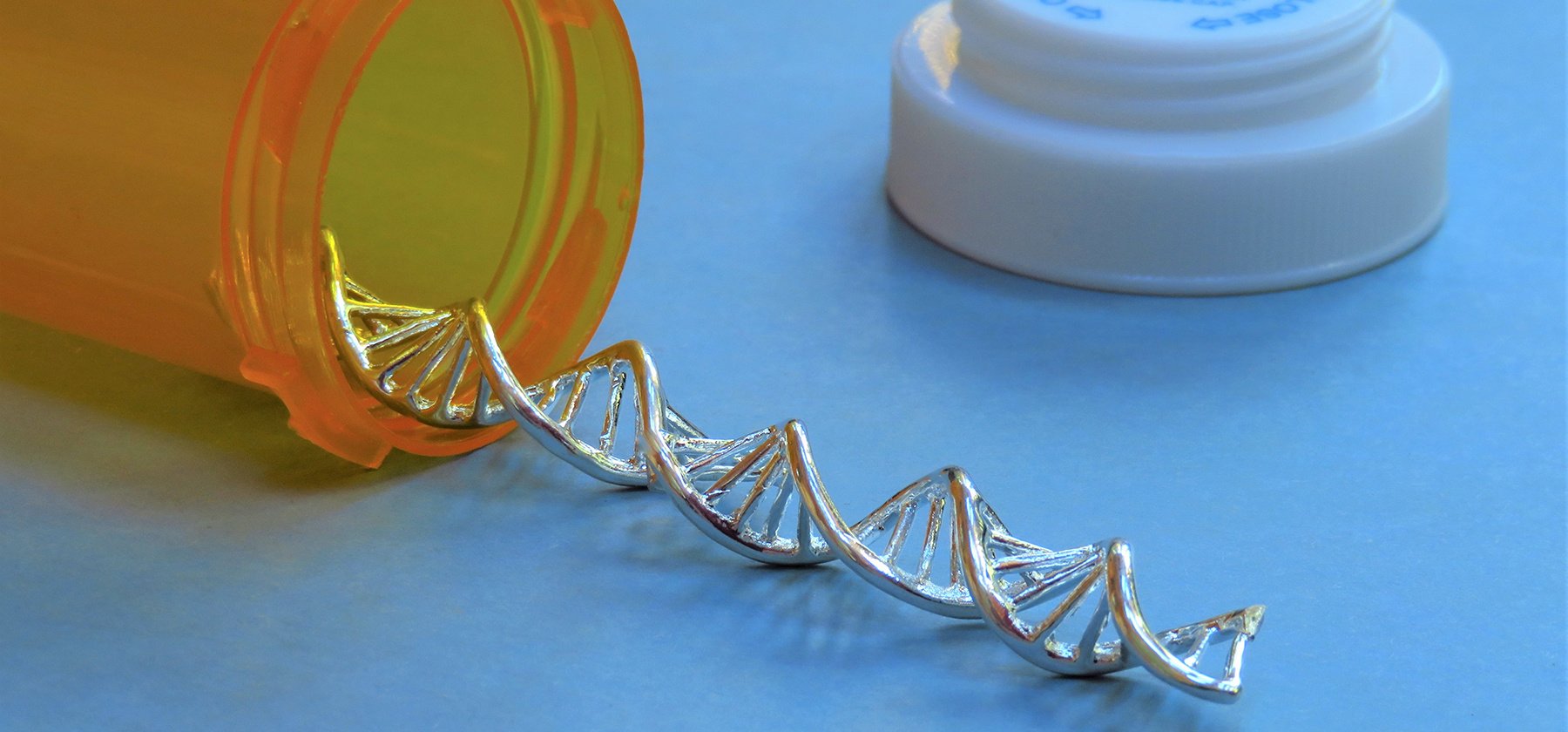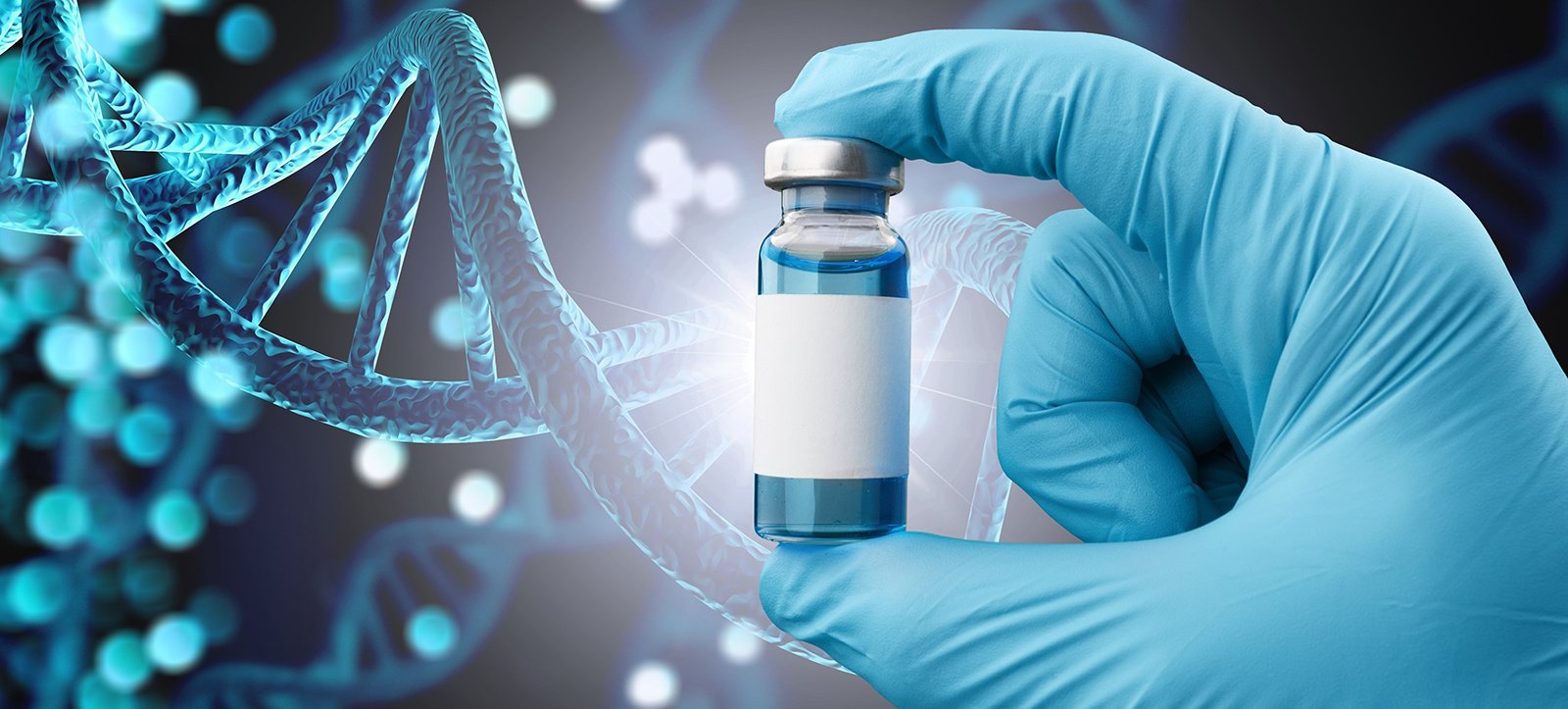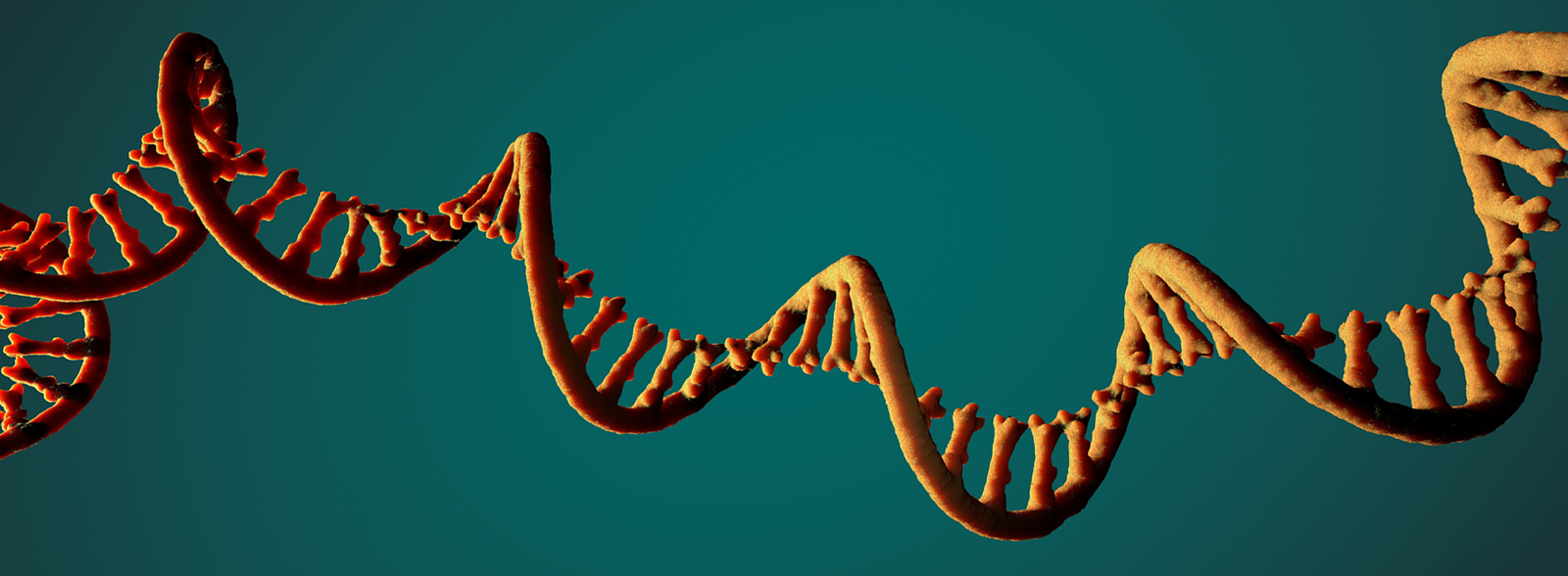Patient-derived xenograft (PDX) models have become a cornerstone in cancer research, offering valuable insights into tumor biology and drug efficacy. However, recent studies have uncovered significant quality issues that threaten the reliability of these models. As researchers, we must be aware of these challenges to ensure the validity of our findings.
Widespread Quality Problems with PDXs
Recent estimates suggest that ~10-20% of PDX models may be affected by serious quality issues. These include:
- Model misidentification
- Cross-contamination between models
- Mycoplasma and viral infections
- Elevated mouse cell content in tumor tissue
The prevalence of these issues is alarming. For instance, one study found that among 80 established PDXs, 26 (32.5%) unexpectedly transformed into lymphomas in immunodeficient mice. This high rate of unintended transformation can severely compromise research outcomes.
Murine Contamination
Murine cell contamination in PDX models is a widespread issue that often goes undetected. Studies have found murine cell contamination ranging from a few percent to over 95% in some PDX samples. This level of contamination can significantly skew research results and drug efficacy studies.
Viral Infections
Both human and murine viral infections pose challenges in PDX models. For example, Epstein-Barr virus (EBV) infections have been linked to unexpected lymphoma development in PDXs, with one study showing a 19% rate of lymphoma formation in gastric adenocarcinoma PDXs.
Implications for Research
These quality issues have far-reaching implications for cancer research and drug development. They can lead to:
- Misinterpretation of drug efficacy data
- Inaccurate genomic and transcriptomic analyses
- Reduced reproducibility of research findings
The Way Forward
To address these challenges, researchers must implement rigorous quality control measures, including:
- Regular authentication of PDX models
- Screening for mycoplasma and viral infections
- Quantification of murine cell contamination
- Careful monitoring of genetic drift over passages
Advanced methods like next-generation sequencing (NGS) offer potential solutions for more comprehensive quality control. NGS-based approaches can provide:
- Genome-wide analysis
- Higher sensitivity and specificity
- Ability to detect subtle genetic changes
- Quantification of mouse cell contamination
Comparison of Traditional vs. NGS-based Biosample Authentication Methods
| Xenograft and Biosample Authentication Assay Comparison |
Authentication with Deep Sequencing |
Authentication with PCR-based STR Assay |
|---|---|---|
| Technology | Barcode deep sequencing | Multiplex PCR & capillary electrophoresis |
| Readout Type | Digital (clean, near-zero quantification error) |
Analog (noisy, high quantification error) |
| Human Cell Authentication | Yes | Yes |
| Mouse Cell Authentication | Yes | Limited |
| MMR Deficient Cell lines identification | Yes | No |
| Contamination-Detecting Sensitivity | High (1%) | Low to medium (5-20%) |
| Accuracy | High | Low to medium |
| Throughput | High | Low |
| Contaminant Identification | Yes | No |
| Qualification of Contamination Ratio | Yes | No |
| Suitable for Large Biobanks | Yes | No |
| Interspecies Contamination Detection | Yes | Limited |
| Intraspecies Contamination Detection | Yes | Limited |
| Detecting Contamination w/o Reference | Yes | No |
| Estimating Mix Ratios for 3+ Cell Lines | Yes (1% sensitivity) | No |
Conclusion
By raising awareness of these hidden quality challenges and implementing stringent quality control practices, we can work towards improving the reliability and translational value of PDX models in cancer research.









